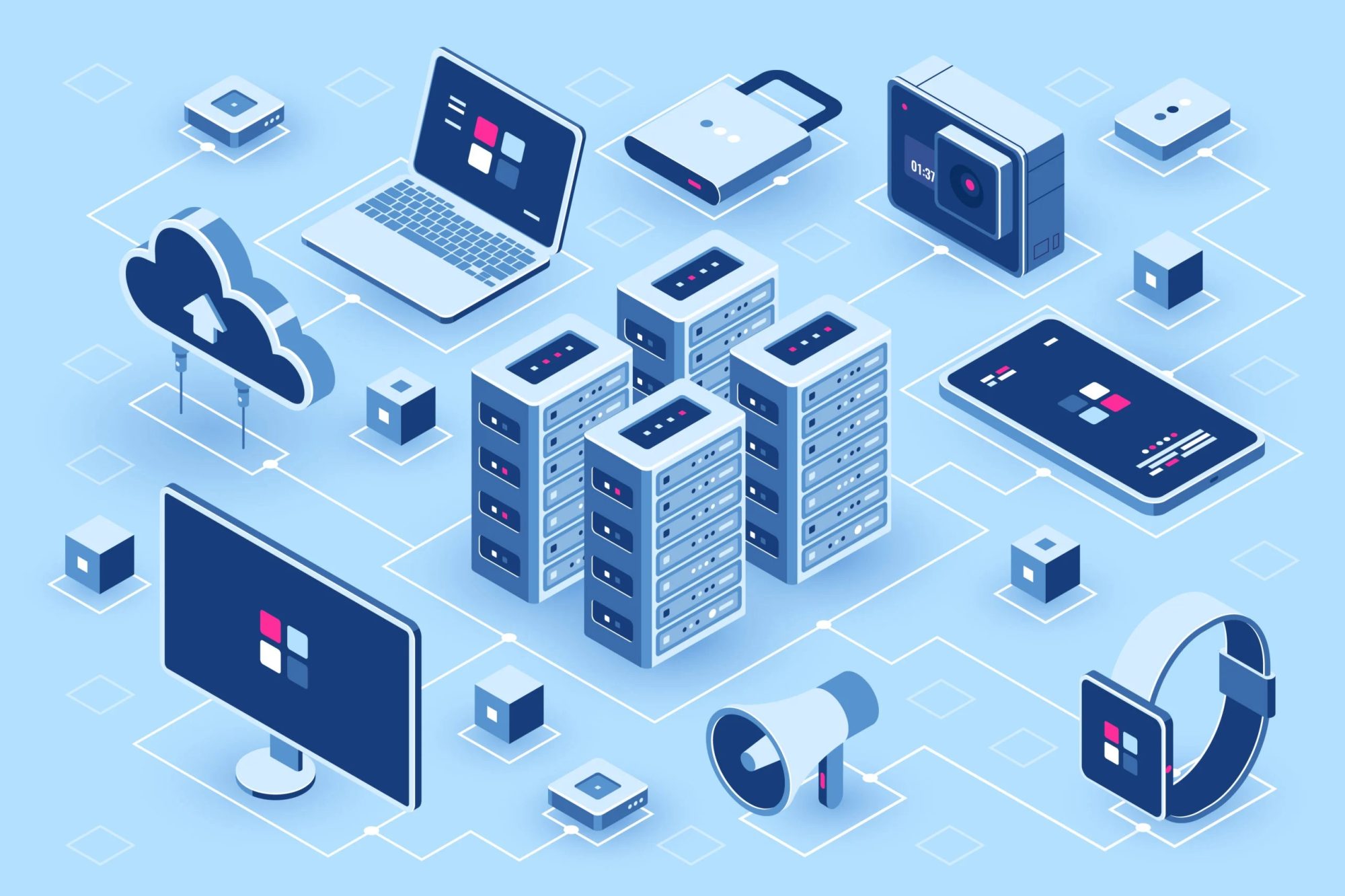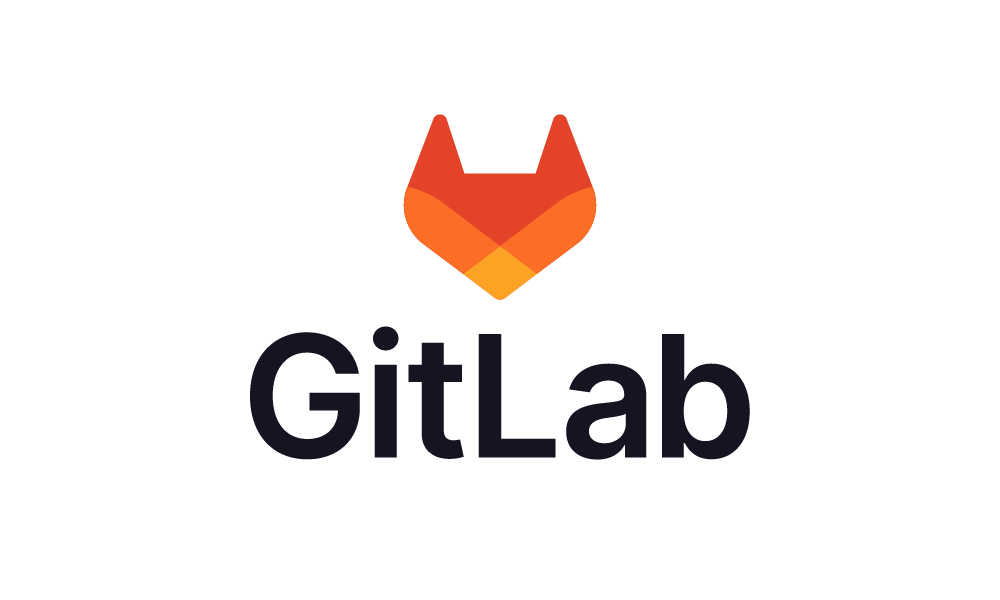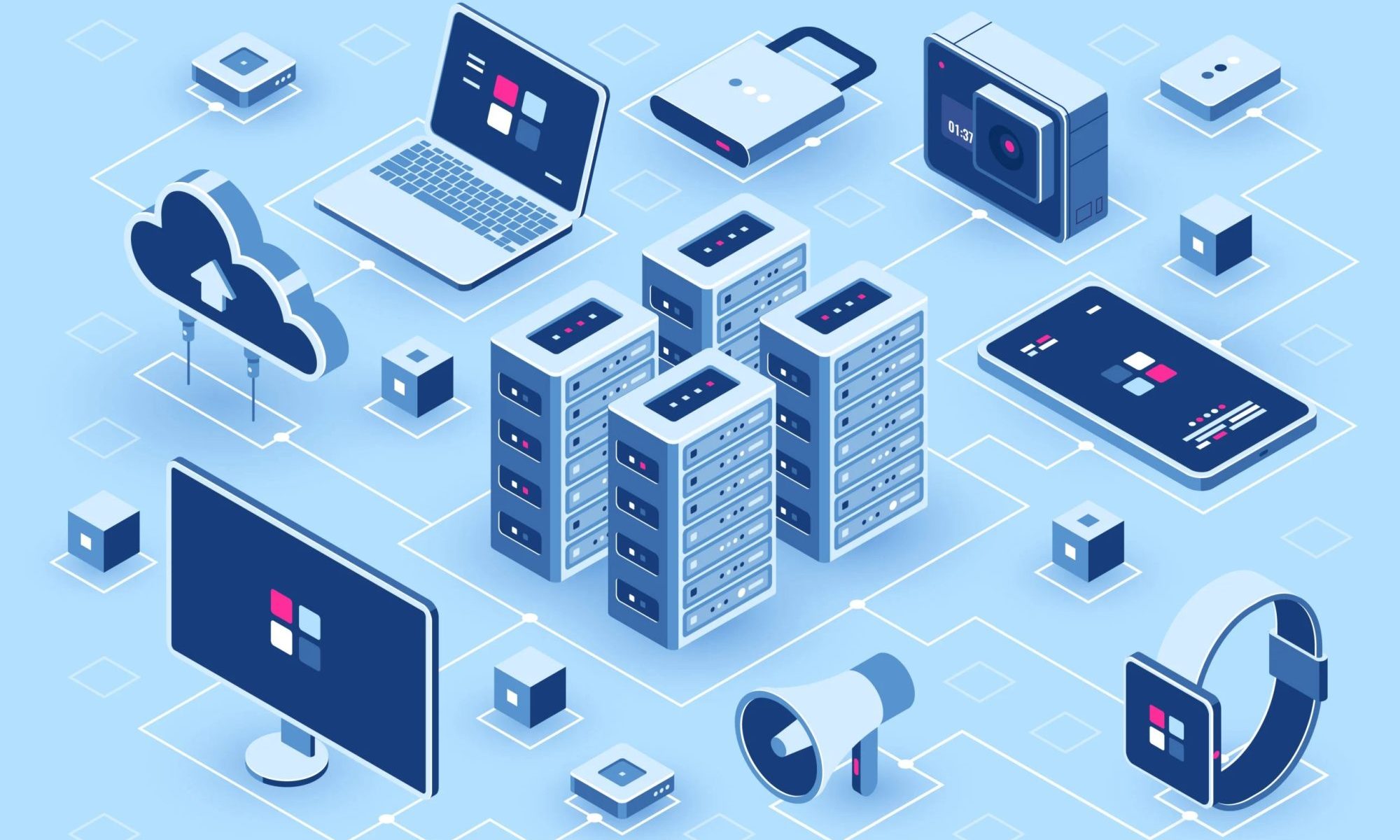Gone are the days when businesses had to tackle challenges linked with physical hardware and rely on their computer’s hard drive. One of the best decisions you can make for your business is moving on-premise servers to cloud computing.
If you want to do large-scale business without breaking the bank, you need to choose cloud from a reliable service provider like Webdev Solutions. Cloud computing helps you get your business ahead of the curve while improving service quality.
In this article, we’ll explore the key benefits that you can reap by committing to cloud-computing solutions for your business.
Benefits of Moving On-premise to Cloud
Scalability
Have you been waiting for the day when you can eliminate capacity problems using an on-premise server? With cloud computing, you can gain auto scalability features to get rid of capacity issues and get on-demand capacity, preventing downtimes in high-load scenarios.
Besides, it helps you adjust the level of computing power, bandwidth, and storage without any hassle.
Cost Effectiveness
What’s better than achieving significant long-term savings by migrating to the cloud? Cloud saves you from upfront investment with its fixed monthly cost. You just need to pay for cloud services you use – nothing more than that.
Further, you don’t need to worry about maintenance costs for hardware since your cloud services will cover that too.
Security
Cloud services are pre-configured with a state-of-the-art security infrastructure. From malware scanning tools to DDOS protection and latest security to data protection protocols, cloud services got you covered.
Additionally, access control, encryption, and other robust security features ensure the safety of the work environment and customer data.
Boosts Collaboration
In the world of remote working, it’s essential to access files and documents remotely. With cloud technology, you can easily sync, work, and share documents simultaneously in real-time.
This not only breaks down silos but also enables businesses to collaborate with their employees, generate faster solutions, and enhance their efficiency.
Faster Deployment
If your business needs cloud computing, you can deploy cloud applications in just minutes without any requiring additional hardware or waiting for IT staff, which would otherwise take hours.
Disaster Recovery
Fast forward to today, no business affords downtime in a competitive world. Downtime not only negatively affects your productivity, and revenue but also your reputation.
Whether your software got hit with a cyber attack or affected by power outages or disasters, cloud technology quickly recovers your data like never before. With that said, disaster recovery is essential in business continuity planning.
Sustainability
Compared to on-premises solutions, cloud-based services are more carbon-efficient and environmentally friendly. It helps reduce your organization’s energy consumption and carbon footprint,contributing to a green environment.
Conclusion
Due to numerous benefits, cloud computing has gained massive popularity. Now, many organizations are migrating from on-premise servers to cloud computing instead of relying on outdated and inefficient processes.
Head over to Webdev Solutions to migrate from on-premise servers to cloud computing and start reaping plentiful benefits today.
Contact us now!



